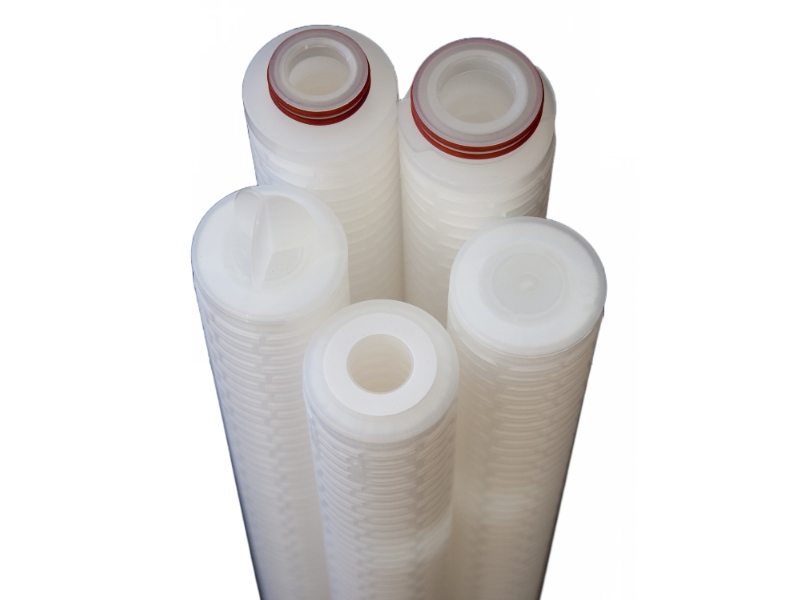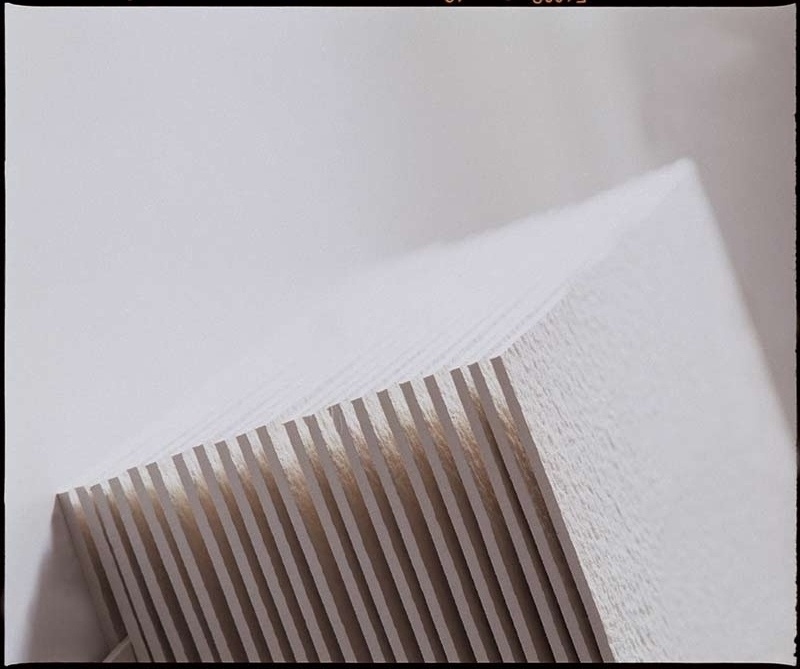Micron Rating Selection Guide
With so many micron rating options to choose from, getting it wrong could be a costly mistake. This happens either because the filtration system does not work properly as a result of not removing the contamination, or it removes too much contamination, which causes the filters to block quickly, requiring frequent replacements and as a result, higher costs. In this blog, we give a brief overview of the typical micron ratings used by the most common applications to help you make the Goldilocks’ choice of micron rating.
Firstly, you need to know what it is you are going to remove, and there are many contaminates. Broadly speaking contaminants can be broken down into two simple categories: particulate and microbiological.
| Particulate | Microbiological |
| Sediments, rust, suspended solids (turbidity), yeasts, suspended particles, hazes, pipework debris, cryptosporidium |
Microorganisms, bacteria, mycoplasmas, spoilage organisms |
By making this simple distinction you are already making a selection as particulate contamination is removed by depth cartridge filters (pleated or spun) in the majority of cases. If it is microbial contamination, then you require a membrane to ensure that the microbial contamination is completely removed and grow through of the filter is prevented. If for example you had a mixture of both particulate and microbial contamination, then you would use the depth filter first (Prefilter) and follow with a membrane filter (Final or Sterile filter).
A rule of thumb is that depth filters are typically used above 1 micron and membrane filters are used below 1 micron. If you have particulate contamination above 1 micron then ninety-nine times out of one hundred you will need a depth filter. However, that is not always true below 1 micron and very often you will find it is the combination of prefilter (depth) followed by final filter (membrane) that leads to the optimum solution.
However, there is one area where micron ratings may lead to a false sense of confidence. That is where the particulate contamination is deformable, such as a gels or colloids that can pass through the filter matrix by making itself longer and thinner. To help with the filtration of these deformable contaminates, hybrid depth filters have been developed with an extended thickness of filtration matrix to retain these contaminants.
Typical micron ratings used by application:
 Beverage Packaging
Beverage Packaging
0.2 micron for sterile filtration
1.0 micron for prefiltration
5.0 micron for trap and guard applications
Spirits Filtration
5.0 micron for appearance
Carbon filtration for colour removal
.jpg?width=205&height=137&name=Building%20services%20(3).jpg) Building Services
Building Services
5.0 or 10.0 micron for particulate removal, sediments, pipework debris
 Process Water
Process Water
0.2 micron for sterile filter at pou
5.0 or 10.0 micron for guard or trap application
 Compressed Air
Compressed Air
0.2 micron sterile filtration
1.0 micron particulate removal using a coalescing filter for condensate & oil removal
 Chemicals & Solvents
Chemicals & Solvents
1 micron for carbon removal
0.2 micron for sterile filtration
 Brewing
Brewing
10 or 5 microns for brightness
0.45 or 0.65 for shelf life (spoilage organism removal)
1 micron for prefiltration
 Municipal Water
Municipal Water
5.0 micron for turbidity control
1.0 micron for cryptosporidium removal
10 micron for RO protection
 Coatings, Inks and Paints
Coatings, Inks and Paints
Solvent based – 1, 5 or 10 micron
UV curable – 1 or 5 micron
Water based – 0.2 or 0.45 final filter with 1 micron prefilter
Pigment based – 0.5, 1 or 2 micron
 Soft Drinks
Soft Drinks
Syrup – 25 or 35 micron
Incoming water – 10 micron
Final bottling – 5 micron
Carbon dioxide & nitrogen – 1 micron prefiltration & 0.02 micron sterile filter
 Parts Washing, Fluid Cleaning, Equipment Protection
Parts Washing, Fluid Cleaning, Equipment Protection
1, 5, or 10 micron for particulate removal
Organics removal using 5 micron carbon filters
This blog helps you understand the choices available, however collaborating with a filtration company that understands the challenges that you face, and can offer solutions because of their years of experience and filtration knowledge, is key. Contact Porefiltration to discuss these and any other cartridge filter challenges that you may be facing currently.
PoreFiltration – Making your filtration systems work harder





